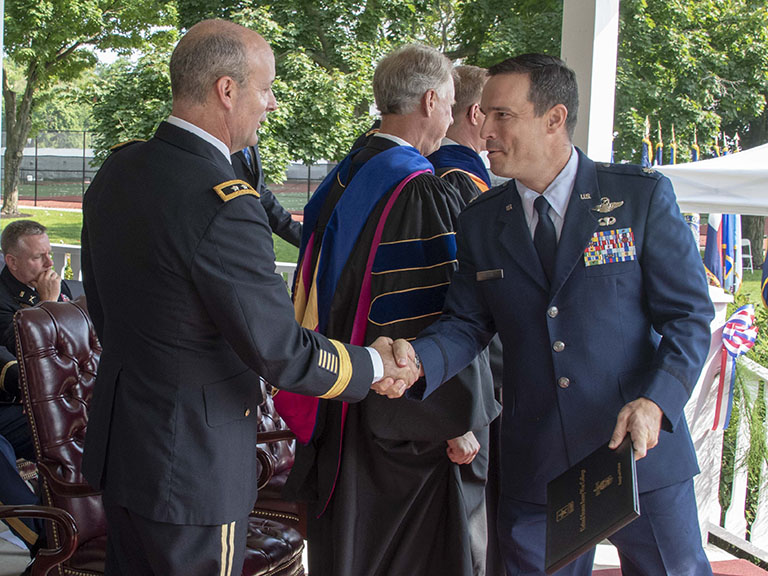There’s twenty-four outcomes that you’re supposed to do, they would come in and go ‘Prove to me your assessment on all twenty-four of these things.’
The 2018 National Defense Strategy includes the following stark assessment of Professional Military Education, or PME: “PME has stagnated, focused more on the accomplishment of mandatory credit at the expense of lethality and ingenuity.” Externally, PME has been a regular subject of criticism and target of calls for reform for the past decade. But internally, PME institutions have (without much fanfare) been embracing change and innovating their curricula and methodologies to ensure its graduates are prepared to re-enter the joint force with the requisite skills and knowledge. So what continues to be the problem and what barriers still must be overcome. The 51st Commandant of the U.S. Army War College John Kem, who also serves as Deputy Commandant of the Army University, addresses these questions with Andrew A. Hill, WAR ROOM’s Editor-in-Chief.
Podcast: Download
Major General John S. Kem, U.S. Army, is the 51st Commandant of the U.S. Army War College. Andrew A. Hill is Chair of Strategic Leadership at the U.S. Army War College and WAR ROOM Editor-in-Chief. The views expressed in this warcast are those of the speakers and do not necessarily reflect those of the U.S. Army War College, U.S. Army, or Department of Defense.
Photo: Maj. Gen. John Kem, Commandant, congratulates Air Force Lt. Col. John A. Lesho III, who completed the Joint Studies Program and earned Joint Professional Military Education – level II credit, at the USAWC graduation ceremony, July 27, 2018
Photo Credit: U.S. Army War College photo, public domain.

